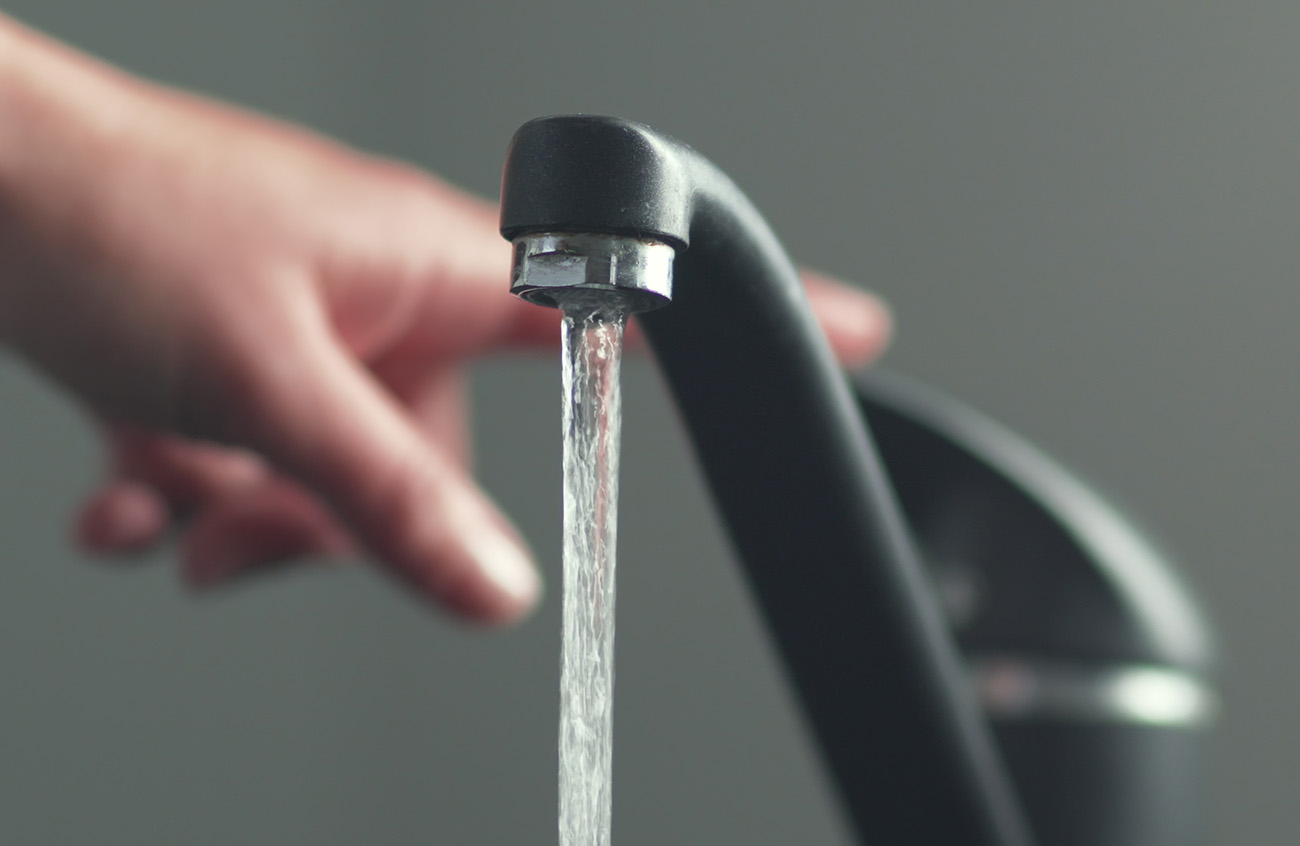Lead in Water Systems: Changes to the Repairing Standard for Private Landlords in Scotland
The Scottish Government has made changes to the Repairing Standard: statutory guidance for private landlords. These changes relate to the potential for lead in water systems, with new minimum standards now in place.

What has changed?
Under the new changes to the Repairing Standard, all drinking water supplies in Scotland must meet minimum standards, including maximum permitted lead levels. The Standard also references the World Health Organization (WHO), which states that there is no safe level for lead in drinking water and ideally all potential sources in the water supply should be removed.
What do landlords in Scotland need to do?
In order to comply with these changes, landlords in Scotland must ensure that lead pipes and lead lined storage tanks or fittings are not present in the drinking water supply of any privately rented property, from the boundary stopcock to the kitchen tap. This includes:
- Drinking water outlets,
- Pipework to drinking water outlets,
- Water storage tanks within the dwelling,
- Water storage tanks in the loft space, including any common storage tanks located in tank rooms or in the roof space.
Lead service pipes were phased out in the 1960s and became illegal in 1969. Therefore, if your house was built before 1970, there is a higher chance you could have lead pipework.
Whilst modern properties are less likely to have lead pipes in their water supply, they may still have internal lead pipes or lead fittings. Landlords are required to check visible pipework within the house to assess whether the supply runs through lead pipes. An approved plumber may be able to help with this.
Other sources of lead include pipes hidden from view, lead solder, lead water tanks, and underground lead supply pipes from the boundary stopcock. The underground supply pipe from the boundary stopcock can be checked by taking a water sample from the cold tap at the point of entry to the property.
Scottish Water provides a limited service to sample the first tap directly supplied from the water main, although sampling other outlets should be considered – particularly where they are delivering water that could potentially be used for human consumption. Landlords with a private supply should contact the Local Authority Environmental Health Team for advice on sampling and possible charges.
Where additional testing is required and not provided by Scottish Water or the local authority, there are private laboratories that are UKAS accredited to BS17025 that can provide this service for a fee.
Further Resources
Repairing standard (please refer to AnnexD1 sections D18 – D27) – https://www.gov.scot/publications/repairing-standard-statutory-guidance-private-landlords/pages/14/
More advice on identifying lead pipes is available on the Scottish Water website, https://www.scottishwater.co.uk/en/Your-Home/Your-Water/Lead-and-Your-Water
